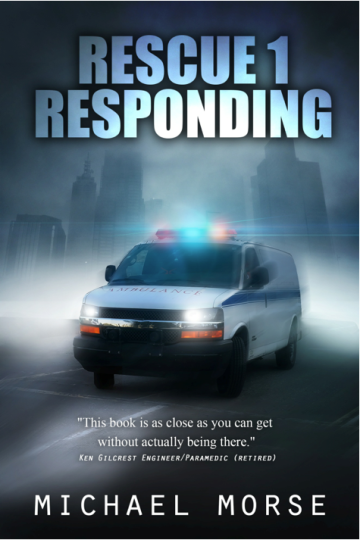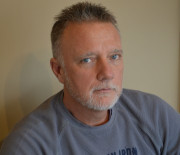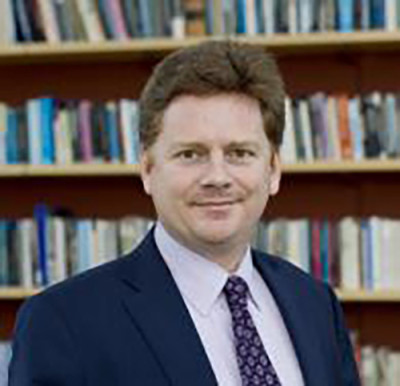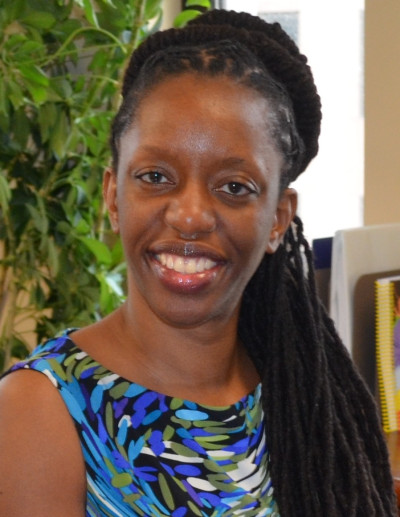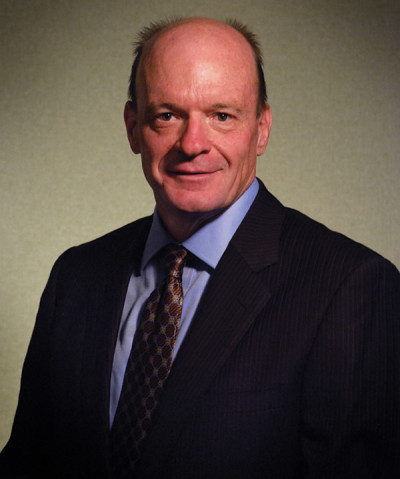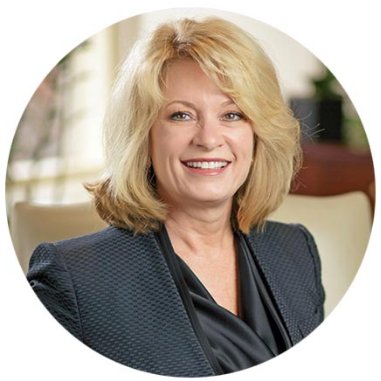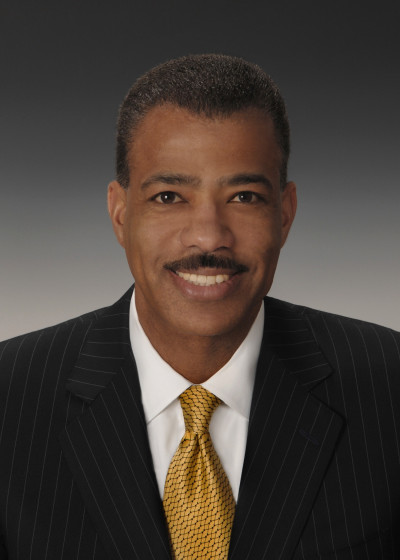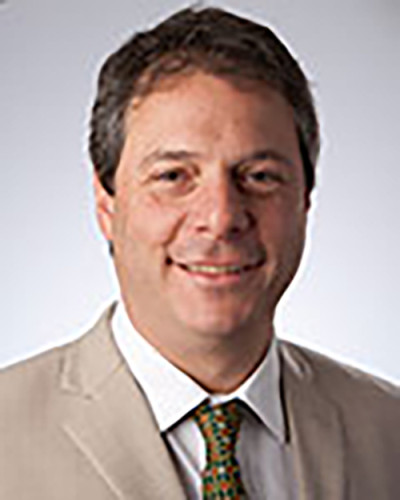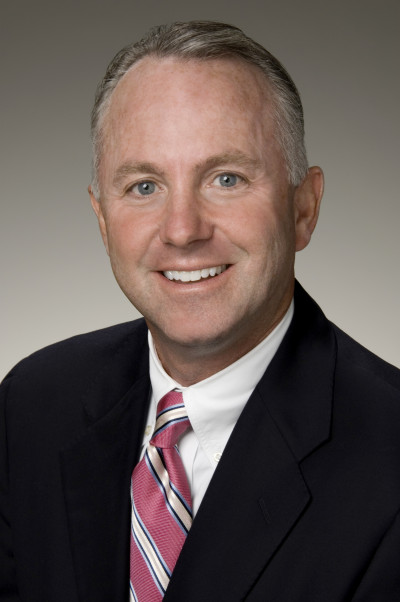Rescue 1 Responding: Chapter 22, a Book by Michael Morse
Monday, October 24, 2016
I always thought that a day in the life of a Providence Firefighter assigned to the EMS division would make a great book. One day I decided to take notes. I used one of those little yellow Post it note pads and scribbled away for four days. The books Rescuing Providence and Rescue 1 Responding are the result of those early nearly indecipherable thoughts.
I’m glad I took the time to document what happens during a typical tour on an advanced life support rig in Rhode Island’s capitol city. Looking back, I can hardly believe I lived it. But I did, and now you can too. Many thanks to GoLocalProv.com for publishing the chapters of my books on a weekly basis from now until they are through. I hope that people come away from the experience with a better understanding of what their first responders do, who they are and how we do our best to hold it all together,
Enjoy the ride, and stay safe!
GET THE LATEST BREAKING NEWS HERE -- SIGN UP FOR GOLOCAL FREE DAILY EBLASTCaptain Michael Morse (ret.)
Providence Fire Department
The book is available at local bookstores and can be found HERE.
Note From the Author
A lot of what we do as emergency responders has little or nothing to with responding to emergencies. Car accidents are high on the list of things that we respond to that are far from emergencies. Industries have been created as a result of automobiles touching each other. People truly believe that when their three ton hunk of plastic, metal, wires and more safety equipment than some entire countries had in the fifties touches another hunk of manmade material the police need to be called, paramedics need to rush to their aid to “check” them for injuries and emergency room personnel need to be waiting with x-ray machines, pain meds, CT scans and MRI’s.
If I sound bitter, that is because I am. When cars collide the sound I hear is no longer the crunch of two objects colliding, rather it is a cash register chiming as the lawyers, auto body shops, unscrupulous doctors, physical therapists and insurance companies line up to get their piece of the action.
Chapter 22
0144 hrs. (1:44 a.m.)
“Rescue 1 and Engine 10, a still alarm.”
At first I’m not sure if the shooting was a dream. I remember Mike telling me we were done for the night, sitting at my desk to catch up on reports then lying on my bunk. Now, the fluorescents are blinding me and the noise from the PA system making me deaf. I sit up and put my feet on the floor. The joints are the first things to go. Sharp pain shoots up my legs from my knees. My back joins the chorus as I try to stand upright. My elbows and neck creak and groan as I hobble to the stairs. I’m afraid if I slide the pole I might forget to hold on and crash to the floor. I must resemble a Neanderthal man leaving his cave.
“Rescue 1, respond with Engine 10 to the corner of Thurbers and Prarie for an MVA.”
“Rescue 1 responding.”
Engine 10 is first on scene and reports one victim with neck and back pain. We arrive a minute later to find the patient sitting in the driver’s seat of a mini-van holding the back of his neck and groaning in pain. A small car is a foot behind the mini-van. Neither vehicle has any visible damage.
“The driver of the car says he barely touched the bumper,” says Dan from Engine 10.
Mike checks on the injured party and I talk to the driver of the other car. He speaks no English, but through an interpreter who witnessed the “accident,” I learn that the collision happened at about two MPH when the guy in the mini-van stopped short and the other guy tapped him from behind. The other driver isn’t hurt so I join the other guys at the mini-van.
“Let’s get it over with,” I say. Mike has already gotten the long backboard and a cervical collar from the rescue and is applying it to the patient. The guys from Engine 10 help extricate him from the van, pulling him out of the vehicle, while laying him on the board and putting him onto the stretcher. The van will be towed to a local service station. The police arrive on scene as we are pulling away with the patient. The officer will have to go meet the patient at the hospital to finish his report.
“Where is your pain?” I ask my patient as we drive toward Rhode Island Hospital. Mike has assessed the patient and finds that his vitals are stable.
The man speaks limited English and I speak extremely limited Spanish, but between us we get the information we need. The hospital is still cranking. The relentless stream of patients that the hospital treats is amazing. Melanie is back at her post, handling things with amazing grace. You would never know that a short while ago we left her with a patient full of holes and clinging to life. She manages to make everybody feel as though they are the only patient in the world, be they gunshot victims, drunken college kids or barely injured motor vehicle accident victims. Somehow, she manages to make angry, exhausted rescue guys feel like they are the only people in the world as well.
We leave our patient on our backboard where he will probably stay for a long time. Non-critical patients are seen in the order in which they come. If his back wasn’t hurt before, it will be after lying flat for a few hours. I am not proud of the fact that this gives me a great deal of morbid satisfaction. There is a chance that the patient really is hurt, and we did everything that we are required to do while extricating and transporting him.
I’m thankful that my shift is almost over. I’m losing my perspective. The driver of the other car is caught up in a scenario that plays over and over, all over the country. The ugly “Make them Pay!” monster has reared its ugly head. The guy lying in the hospital may get a little money, but the real victim is the poor slob who tapped an opportunistic faker. His auto insurance will increase, possibly to more than he can afford putting him in the position of not driving or breaking the law and going without. The only people to benefit from this unfortunate incident are the lawyers.
I help Mike put the truck back together so it will be ready for the next emergency. We pass a Cranston rescue as we make our way out of the parking lot and back to quarters. The bar crowd is out. Hopefully they will make it home safely. As annoying as they are, I would rather respond to a thousand fake calls than one real one where somebody gets killed.
Michael Morse lives in Warwick, RI with his wife, Cheryl, two Maine Coon cats, Lunabelle and Victoria Mae and Mr. Wilson, their dog. Daughters Danielle and Brittany and their families live nearby. Michael spent twenty-three years working in Providence, (RI) as a firefighter/EMT before retiring in 2013 as Captain, Rescue Co. 5. His books, Rescuing Providence, Rescue 1 Responding, Mr. Wilson Makes it Home and his latest, City Life offer a poignant glimpse into one person’s journey through life, work and hope for the future. Morse was awarded the prestigious Macoll-Johnson Fellowship from The Rhode Island Foundation.
Related Slideshow: The Power List - Health and Education, 2016
Related Articles
- Rescue 1 Responding: Chapter 7 & 8, a Book by Michael Morse
- Rescue 1 Responding: Chapter 9, a Book by Michael Morse
- Rescue 1 Responding: Chapter 10, a Book by Michael Morse
- Rescue 1 Responding: Chapter 6, a Book by Michael Morse
- Rescue 1 Responding: Chapter 5, a Book by Michael Morse
- Rescue 1 Responding: Chapter 2, a Book by Michael Morse
- Rescue 1 Responding: Chapter 3, a Book by Michael Morse
- Rescue 1 Responding: Chapter 4, a Book by Michael Morse
- Rescue 1 Responding: Chapter 11 & 12, a Book by Michael Morse
- Rescue 1 Responding: Chapter 13, a Book by Michael Morse
- Rescue 1 Responding: Chapter 19, a Book by Michael Morse
- Rescue 1 Responding: Chapter 20, a Book by Michael Morse
- Rescue 1 Responding: Chapter 21, a Book by Michael Morse
- Rescue 1 Responding: Chapter 18, a Book by Michael Morse
- Rescue 1 Responding: Chapter 17, a Book by Michael Morse
- Rescue 1 Responding: Chapter 14, a Book by Michael Morse
- Rescue 1 Responding: Chapter 15, a Book by Michael Morse
- Rescue 1 Responding: Chapter 16, a Book by Michael Morse
- Rescue 1 Responding: Chapter 22, a Book by Michael Morse


